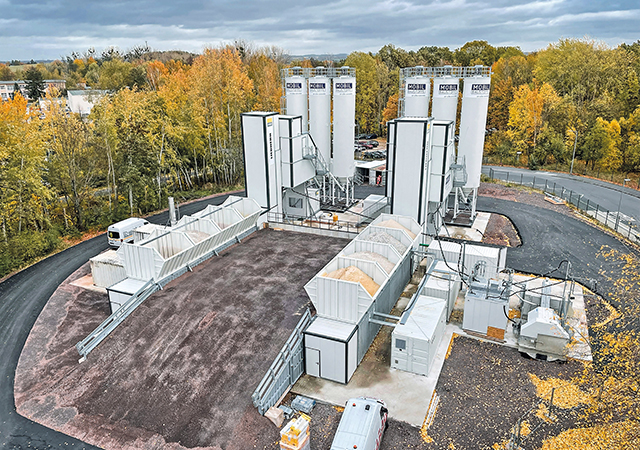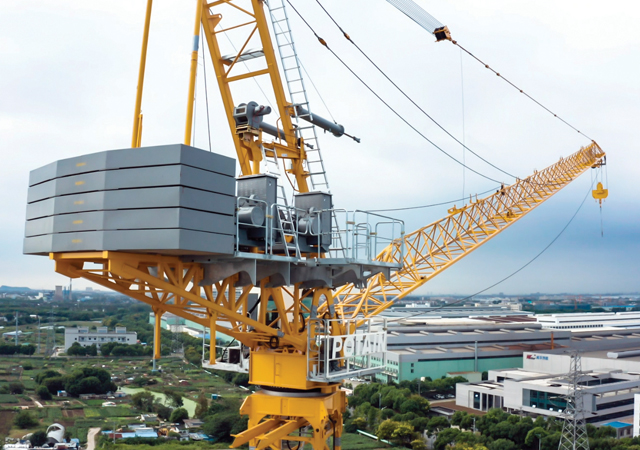
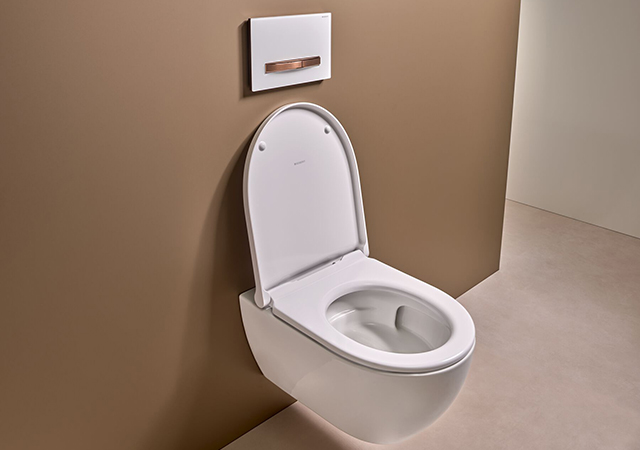 Acanto WC with TurboFlush ... efficient.
Acanto WC with TurboFlush ... efficient.
Just when you thought the wall-hung WC is as good as it gets, European sanitary solutions provider Geberit says its developers have raised the bar with the new Acanto by further improving a number of key functions, including the flushing-out performance, the load-bearing capacity of the WC seat and even the mounting process.
“From the outside, the familiar shape and the new slimline WC seat of the Geberit Acanto wall-hung WC are as eye-catching as ever,” says Louise Pitt, Head of Marketing & Communication (Gulf Office) at Geberit International Sales. “But what’s less obvious at first sight is the hydraulically optimised TurboFlush geometry inside the ceramic, whose projection has been increased to 53 cm. As for the new, optimised WC seat, this can now withstand loads of up to 300 kg.”
Available across the Gulf region and Levant from this month (April 1), the Geberit Acanto wall-hung WC will feature the same shrouded design as before with no unsightly attachment openings to compromise its visual appeal. This timeless look makes it ideal for a whole host of different bathroom styles, Pitt adds.
The inside of the toilet now offers a whole lot more, too, and sanitary professionals are sure to appreciate the EFF3 (Easy Fast Fixing) installation technology, she points out. In the Acanto wall-hung WC, the EFF3 retainers are now already pre-mounted in a mounting support. This means the support and the WC ceramic benefit from an even more stable connection to each other, which makes the installation process more straightforward and reliable than ever.
Optimised Geberit TurboFlush
Opening the WC lid reveals the brand-new inner geometry, which has been specially developed for the Acanto wall-hung WC with TurboFlush. This guides the flush water through the ceramic appliance like a powerful vortex.
 |
|
Pitt ... high flushing-out performance. |
“The development process of the new TurboFlush ensured the water guide was precisely matched to the Geberit concealed cisterns, making for a highly efficient system.
“Our WC experts developed a new asymmetric inner geometry for the Acanto WC ceramic in tests carried out in the Geberit sanitary laboratory. The new inner geometry controls the water flow with precision to achieve a complete surface rinse along with a high flushing-out performance that is both quiet and thorough,” she explains.
Additional edge
The highlight of the innovative TurboFlush flushing technology comes in the form of three new features. The first of these is the shortened ceramic water supply from the cistern, which has been moved further back into the ceramic to allow the WC ceramic rim to be made slimmer. Water is fed from the cistern into the ceramic with optimal hydraulic efficiency via a new plastic pipe.
“In terms of the choice of medium, plastic is ideal here since it can be manufactured consistently in terms of both quality and shape. Natural ceramic, on the other hand, can lead to slight irregularities in the production process,” Pitt states.
A second improvement has seen the water guide upgraded to include a circumferential guiding edge. This directs the water flowing in spirally over the entire surface to right up to below the upper edge of the WC. The water flows through the entire WC in a controlled manner and guarantees a full, powerful surface flush.
The third innovation is another edge to guide water at the bottom of the ceramic.
“This edge splits the vortex so that part of the water is directed right into the siphon like a jet. This is because, as with whirlwinds, there is an area in the middle of the swirling eddy current that remains virtually motionless, allowing lighter residues like toilet paper to stick rather than being flushed away. The new water guide uses the momentum of the water to also move the centre of TurboFlush and ensure the trap is flushed out completely,” she states.
This uniformly powerful flushing-out performance throughout the WC has gone through intensive rounds of testing – and the results speak for themselves.
Pitt elaborates: “Not content with flushing the 12 balls of toilet paper specified by the standard, TurboFlush makes light work of a whopping 60. In fact, as many as 500 test balls were flushed away rather than the prescribed 50, making it up to 10 times more efficient than standard requirements. It is thanks to this optimised, powerful and precisely controlled steering of the water flow that TurboFlush is able to significantly minimise the cleaning effort.”
When it comes to cleaning, the smoother the surface is, the easier it is to maintain. This is why Geberit offers the option of the Acanto wall-hung WC complete with KeraTect to ensure the ceramic is protected for many years to come. By creating a virtually non-porous and extremely smooth surface, the WC can be cleaned with maximum efficiency and ease.
Even the WC seat of the Acanto has been optimised: Targeted reinforcements and the integration of the hinges into the WC seat have made it not only flatter, but also significantly more resilient. In fact, the load capacity of the WC seat is now 300 kg – almost double the standard requirement.
For maximum hygiene under and around the WC seat, it now features a quick release function, which means the WC seat and lid can be removed and clipped back on with ease in a single motion. Simply open the WC seat ring and lid to 90 degrees and pull them off. To prevent vandalism in semi-public and public areas, the quick release function can be blocked by inserting a screw in the hinge.
Easy Fast Fixing (EFF3)
As part of the redesign process, the developers have now equipped Acanto with EFF3 installation technology, which makes mounting the wall-hung WC and wall-hung bidet easier. EFF3 technology is now used in the Acanto wall-hung WC with a steel mounting support, which is painted blue like the Geberit Duofix installation elements and clamped into the ceramic at the factory. The two EFF3 angle gears are pushed onto the threaded rods of the installation frame and firmly connected to the mounting support. As for the WC itself, this is attached as usual via the two openings for the WC seat so that nothing can go wrong when sliding it onto the threaded rods.




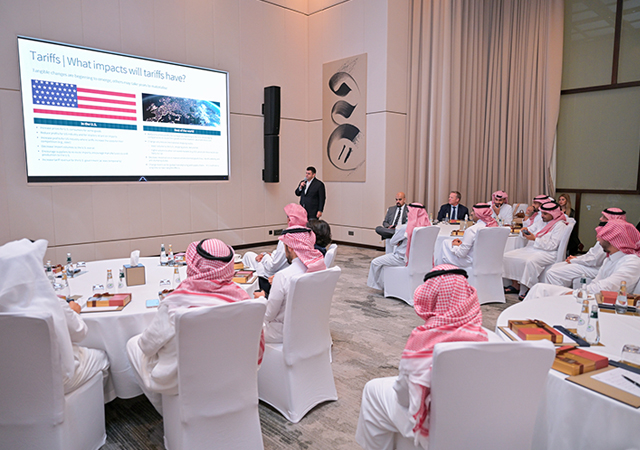



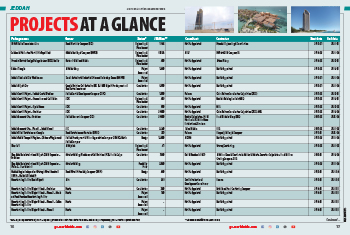
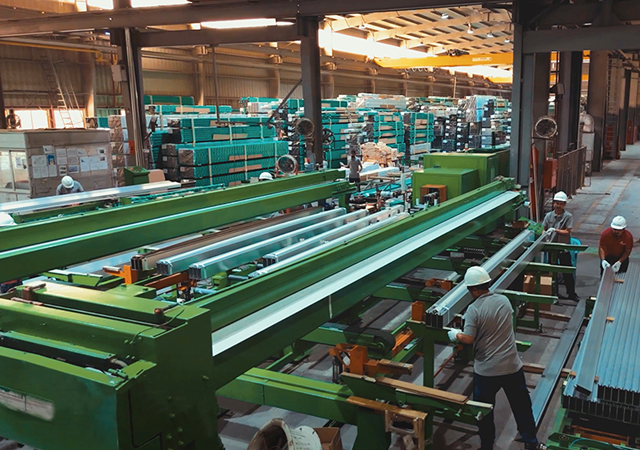



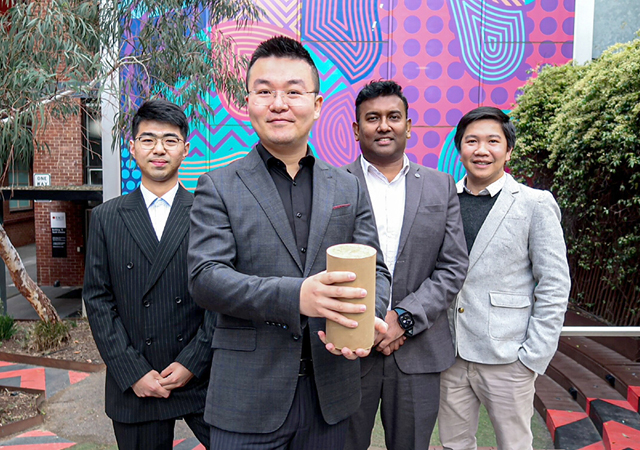
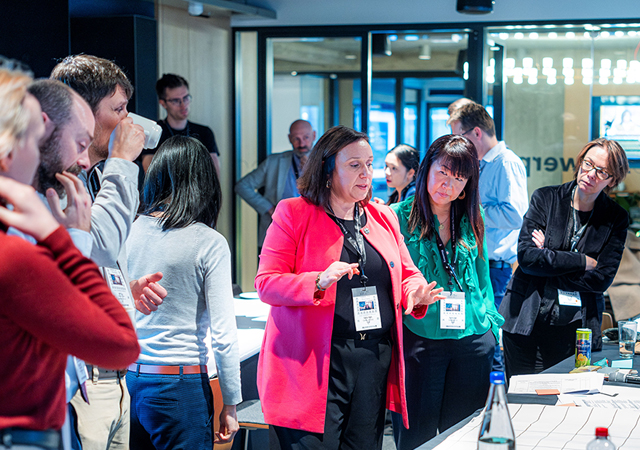

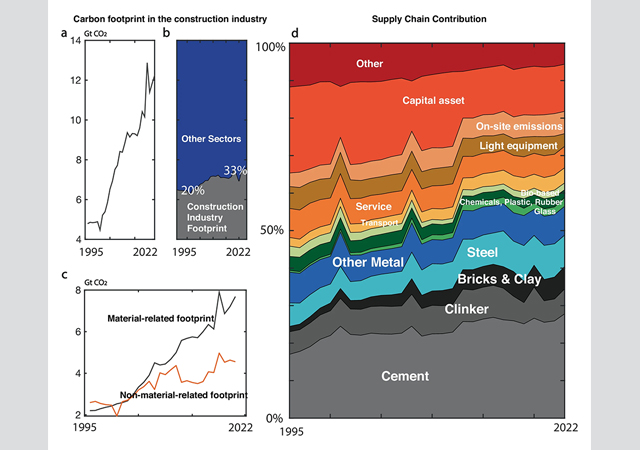
.jpg)

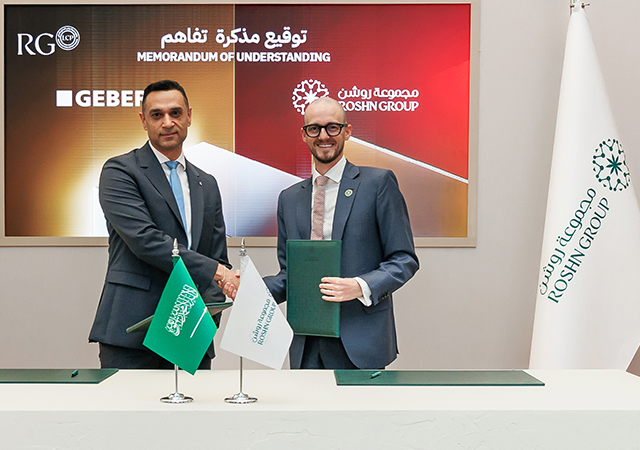



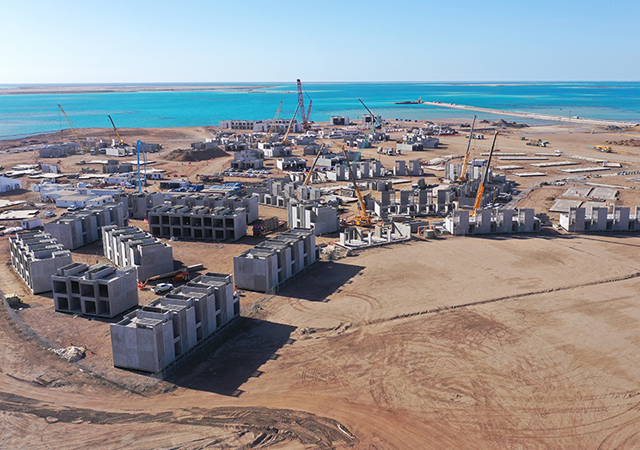

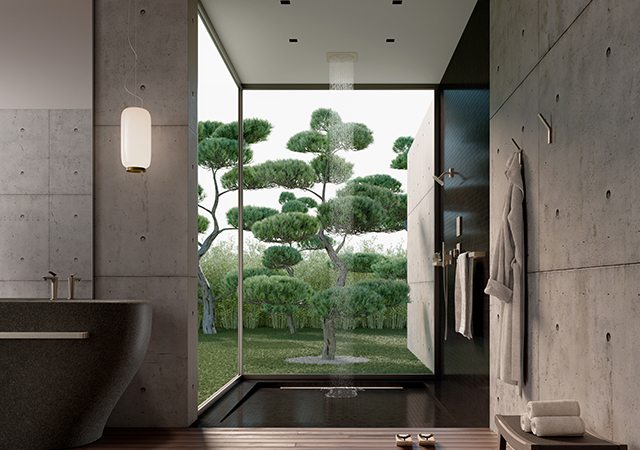

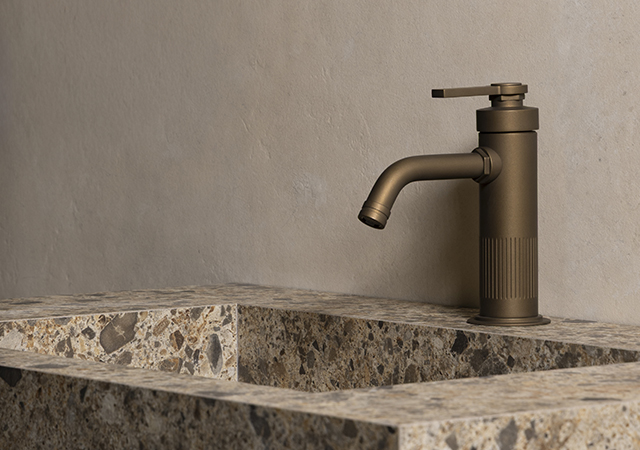



 (1).jpg)

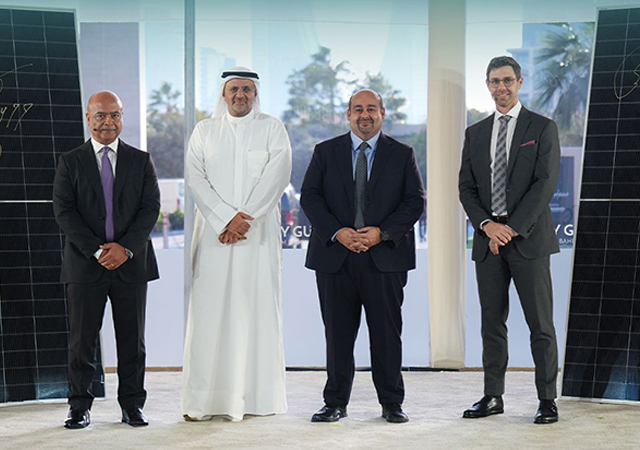





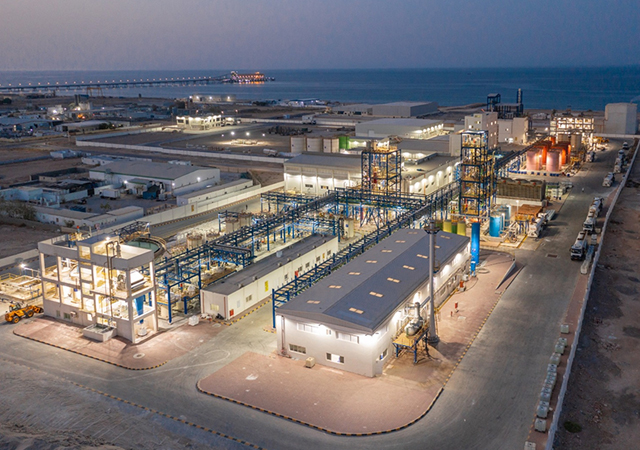







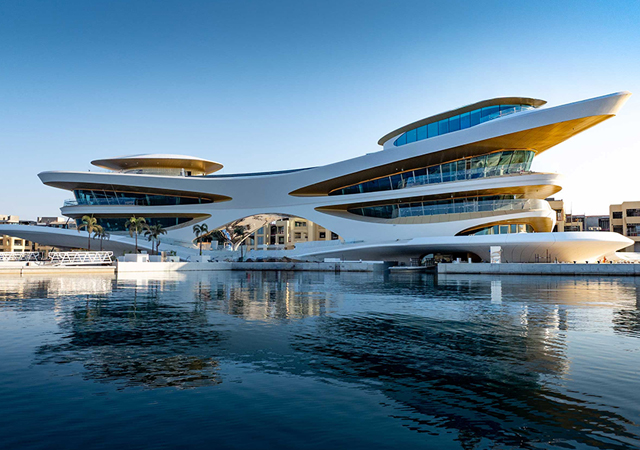

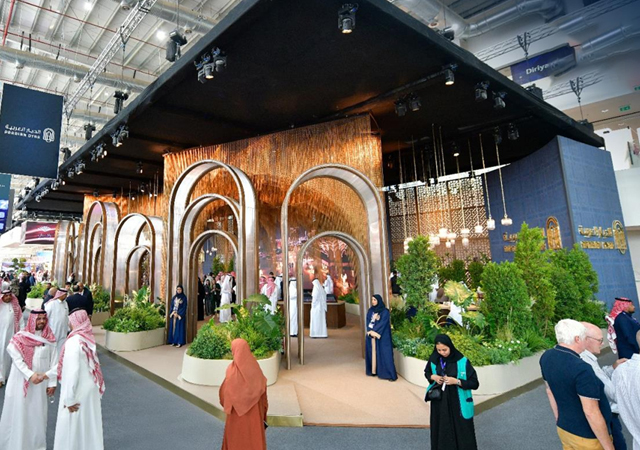
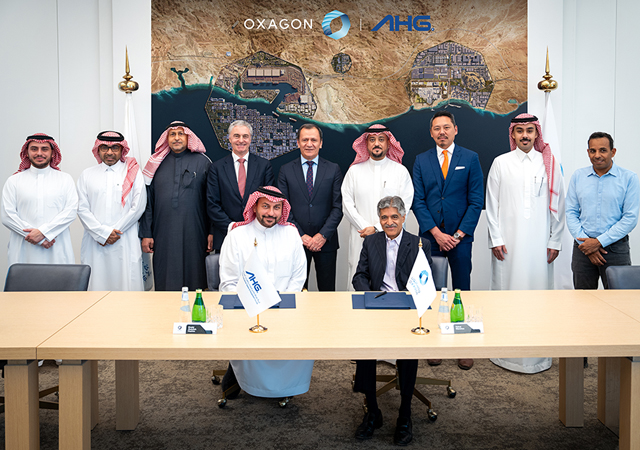








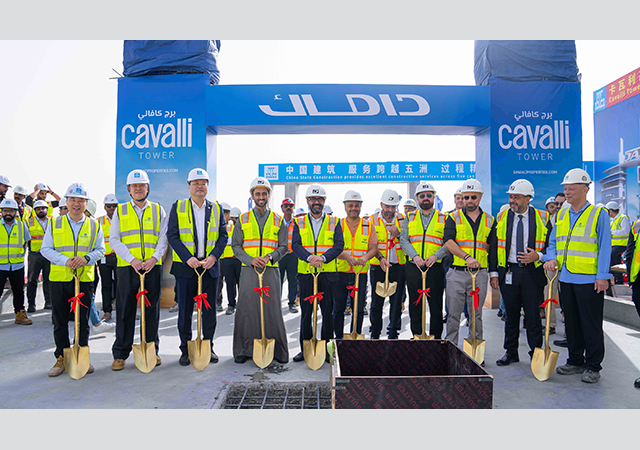



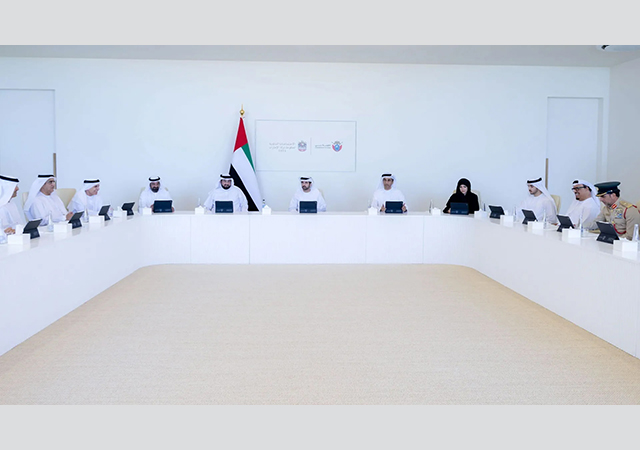




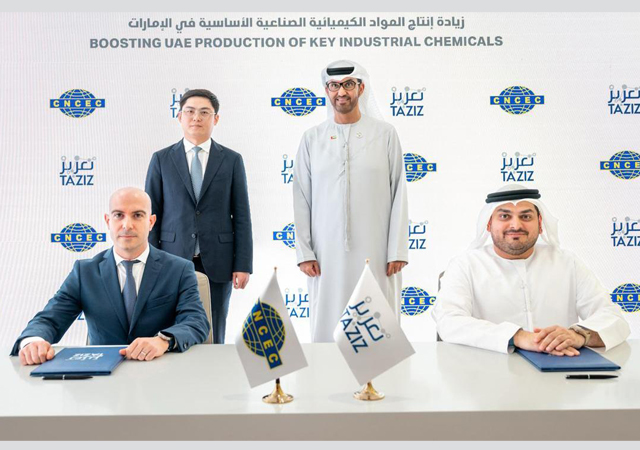





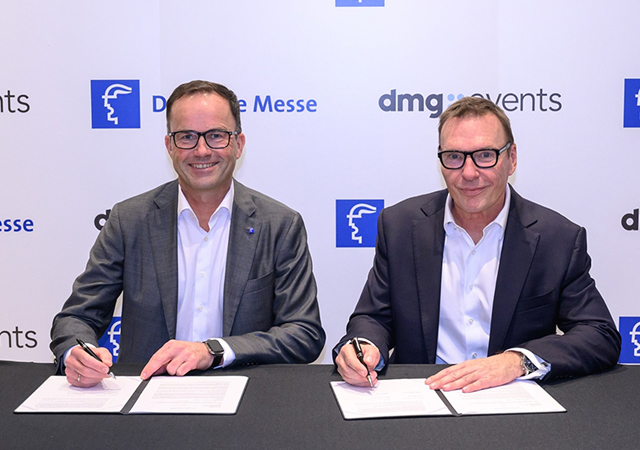



_0001.jpg)
